

LIGHTING
FOR PEOPLE
PHOTOGRAPHY
Second Edition
Stephen Crain
A MHERST M EDIA , I NC .  A MHERST , N EW Y ORK
A MHERST , N EW Y ORK
Copyright 2000 by Stephen Crain
All rights reserved.
Published by:
Amherst Media, Inc.
P.O. Box 586
Amherst, NY 14226
Fax: 716-874-4508
Publisher: Craig Alessc
Senior Editor/Production Manager: Michelle Perkins
Editor/Designer: Richard Lynch
Associate Editor: Frances J. Hagen
Copy Editor: Ellen Bumbar
Editorial Assistant/Illustration:Amanda Egner
Editorial Consultant: Dan Schwartz, J.D., Ph.D.
All photos by: Stephen Crain
ISBN: 1-58428-016-6
Library of Congress Catalog Card Number: 96-84426
Printed in the United States of America
10 9 8 7 6 5 4 3 2 1
No part of this publication may be reproduced, stored, or transmitted in any form or by any means, electronic, mechanical, photocopied, recorded, or otherwise, without prior written consent from the publisher.
Notice of disclaimer:The information contained in this book is based on the authors experience and opinions.The author and publisher will not be held liable for the use or misuse of the information in this book.
Acknowledgment:This book is dedicated to my wife and daughter who tolerated hour after month after year of writing and rewriting without nary a whimper, and to my parents who gave me the ability and desire to achieve and pursue that which I love. I also want to thank all the teachers I ever had, from the beginning through college and graduate school, without whose wisdom and guidance I might not have had the self assurance and tenaciousness necessary to complete this project. I would like to thank the advisors who assisted me Mr. Robert Smith, Mr. Jim Harmon, and Mr.Tony Corbell. These gentlemen provided moral, professional, and educational assistance before, during, and after this project. Support such as this is hard to find and comes from a selfless desire to educate. These men are truly teachers in every sense of the word. Thank you all.
Table of Contents
C HAPTER O NE
Color Temperature
C HAPTER T WO
Light Intensity
C HAPTER T HREE
Direction of Light
C HAPTER F OUR
Quality of Light
C HAPTER F IVE
Controlling Strobe Lighting
C HAPTER S IX
Controlling Natural Light
C HAPTER S EVEN
Controlling Synchro-Sun Lighting
In the early days of photography most work was done with existing natural light because there was almost no use of artificial light. Just as a painter created mood by his careful use of light and shadow, the photographer had to control his use of light and shadow to convey mood, define shape, and examine texture. One major difference was that the painter had an almost infinite amount of time to reproduce or change a painting, while the photographer had to capture an image in a split second.
The purpose of this book is to expose the secrets of photographic lighting.
Photographers often spend too little time learning to understand light, the key element of photography. The purpose of this book is to expose the secrets of photographic lighting. After learning to light for people photography, you will have the information you need to control and modify lighting in almost any situation. When lighting becomes second nature, the photographer can spend more time being creative. The result will be better photos, less time spent re-shooting, and greater success capturing photo opportunities.
Use this book to master natural and strobe lighting. This is important for the professional or serious amateur who must make every situation look great, even under changing conditions.
Approach
The text is divided into two sections. Section One explains the principles of light, and Section Two shows how to control the principles. Examples and illustrations demonstrate set-ups and show the results.
By learning how to use and manipulate studio, flash and available light, the photographer will learn how to adapt to a variety of situations and get consistent results.
The Exercises
Take notes during exercises to help evaluate the results. Write down the number of the frame and pertinent lighting, set-up, and equipment information.
Slide film is suggested for all of the exercises in this book since it is processed without regard to individual frame exposure or color balance. Color prints, on the Lighting For People Photography other hand, may be individually altered in processing, and this will affect accuracy in testing.
The exercises found at the end of each chapter are designed to help readers practice the techniques theyll need to remember. It also allows the reader to be sure he or she understands the concepts before moving on to the next chapter.
Each exercise lists the supplies youll need and provides step-by-step instructions. Approach each exercise as you would an actual shoot, and bracket  your shots using different apertures and shutter speeds.
your shots using different apertures and shutter speeds.
Take detailed notes during the exercises. The notes should include rough diagrams of the lighting set up which you can use to help evaluate the results. Since you might make many exposures for any one exercise, it is important to make notes so that you dont forget important details of the setups.
 B RACKETING
B RACKETING
Bracketing exposures means taking exposures in a range above and below the metered exposure to capture the best possible result.
For our purposes, a bracket series should include seven exposures at three 1/3 stop increments below and above the metered exposure.

 C OLOR T EMPERATURE
C OLOR T EMPERATURE
The common expression of a lights color quality is measured in terms of degrees Kelvin.
The cooler the light, the higher its temperature. Conversely, the warmer the light, the lower its color temperature.
The first property of light to be discussed is color temperature  . All light has a color temperature which can be measured and stated in terms of degrees Kelvin. The higher the color temperature of a light, the cooler or bluer that light will appear. Conversely, the lower the temperature, the warmer or redder it will appear. The color temperature of light can change in a scene at any time, and this will affect your photography. For that reason, it is important to understand what color temperature is and how it affects lighting for people photography,
. All light has a color temperature which can be measured and stated in terms of degrees Kelvin. The higher the color temperature of a light, the cooler or bluer that light will appear. Conversely, the lower the temperature, the warmer or redder it will appear. The color temperature of light can change in a scene at any time, and this will affect your photography. For that reason, it is important to understand what color temperature is and how it affects lighting for people photography,
Color temperature is the balance of colors in light. For example, natural light is the combination of skylight (diffused light from the sky) and direct sunlight. Skylight is comprised primarily of blue light, and it is quite a bit cooler than direct sunlight.
For the sake of photography, neutral light is approximately 5,500 degrees Kelvin. Skylight, i.e. an overcast day with no direct sunlight, at sea level, has an average color temperature of approximately 8,000 degrees Kelvin. Sunlight has an average color temperature of 4,500 degrees Kelvin.

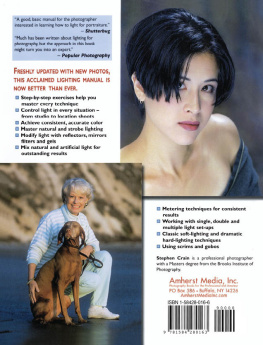


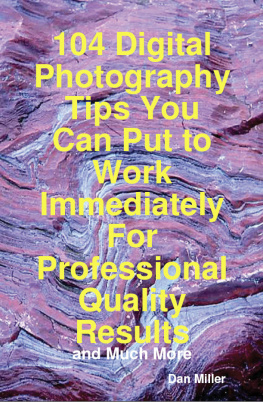

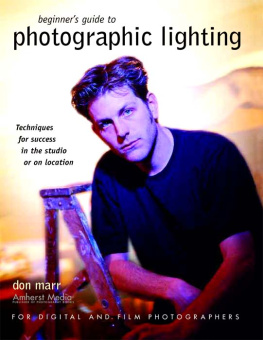
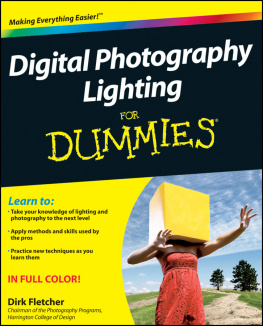
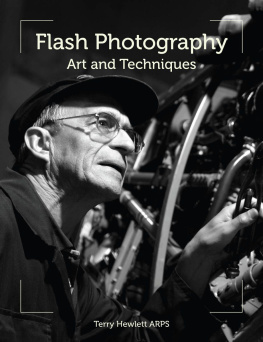
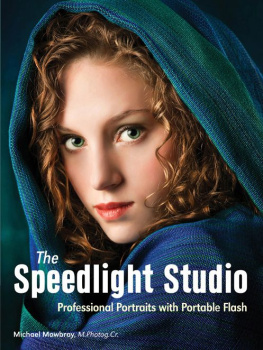
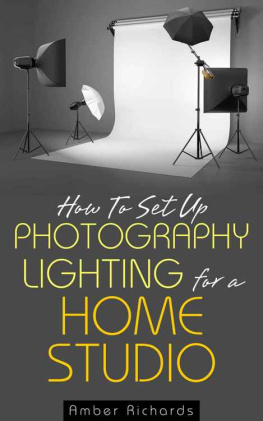


 A MHERST , N EW Y ORK
A MHERST , N EW Y ORK B RACKETING
B RACKETING